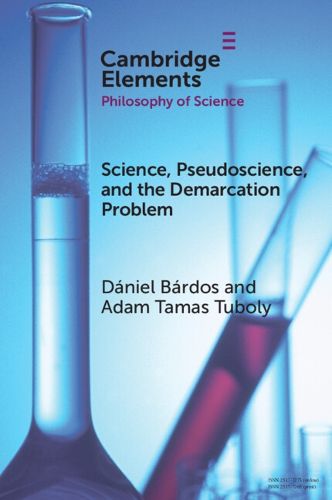Readings Newsletter
Become a Readings Member to make your shopping experience even easier.
Sign in or sign up for free!
You’re not far away from qualifying for FREE standard shipping within Australia
You’ve qualified for FREE standard shipping within Australia
The cart is loading…






This Element examines various aspects of the demarcation problem: finding a distinction between science and pseudoscience. Section 1 introduces issues surrounding pseudoscience in the recent literature. Popper's falsificationism is presented in Section 2, alongside some of its early critics, such as Thomas Kuhn and Imre Lakatos. It is followed in Section 3 by the notable criticism of the Popperian program by Larry Laudan that put the issue out of fashion for decades. Section 4 explores recent multi-criteria approaches that seek to define pseudoscience not only along a single criterion, but by considering the diversity and historical dimension of science. Section 5 introduces the problem of values (the 'new demarcation problem') and addresses how we can use values in the problem of pseudoscience. Finally, Section 6 concludes by emphasizing the need for an attitude-oriented approach over a rigid, method-based demarcation, recognizing scientific practice's evolving and multifaceted nature.
$9.00 standard shipping within Australia
FREE standard shipping within Australia for orders over $100.00
Express & International shipping calculated at checkout
This Element examines various aspects of the demarcation problem: finding a distinction between science and pseudoscience. Section 1 introduces issues surrounding pseudoscience in the recent literature. Popper's falsificationism is presented in Section 2, alongside some of its early critics, such as Thomas Kuhn and Imre Lakatos. It is followed in Section 3 by the notable criticism of the Popperian program by Larry Laudan that put the issue out of fashion for decades. Section 4 explores recent multi-criteria approaches that seek to define pseudoscience not only along a single criterion, but by considering the diversity and historical dimension of science. Section 5 introduces the problem of values (the 'new demarcation problem') and addresses how we can use values in the problem of pseudoscience. Finally, Section 6 concludes by emphasizing the need for an attitude-oriented approach over a rigid, method-based demarcation, recognizing scientific practice's evolving and multifaceted nature.